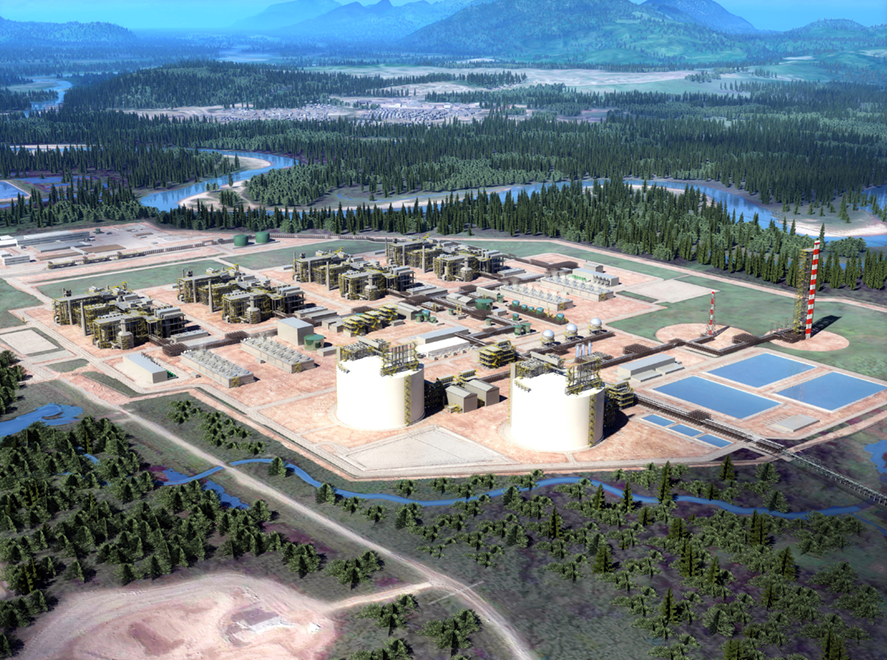Real estate investors should be turning their attention to the northwest corner of British Columbia, which is hosting the largest private construction project in the country’s history.
British Columbia businesses and contractors are already sharing in nearly $1 billion worth of contracts associated with the $40 billion LNG Canada projects.
But the huge new liquefied natural gas facility at Kitimat is not the only economic news from northwest B.C., which is also emerging as a key trading port for all of Canada.
The decision by LNG Canada to proceed with its export terminal will add to the record-breaking tonnage now handled at the Prince Rupert docks.
Recent LNG Canada contracts include $175 million for First Nations businesses and contractors. That’s in addition to roughly $100 million for First Nations that had been previously spent getting the project to the final investment decision stage.
As of January 21, LNG Canada confirmed it had signed $937 million worth of contracts and subcontracts with various businesses and contractors.
Susannah Pierce, LNG Canada’s director of external relations, said more contracts would be awarded as the project progresses.
Site preparation work began in the fall of 2018, with 249 local workers from the Kitimat area employed on the project by LNG Canada and its contractors.
The number of jobs to be created this year is estimated to be in the high hundreds, ramping up to about 4,500 at peak construction in 2020 and 2021. That’s just for the LNG Canada project. CoastalGasLink will also employ up to 2,500 workers on pipeline construction from the northeastern gas fields.
Prince Rupert
“The [LNG Canada] project will create natural gas liquids such as propane that will need market access, which is where it will have a positive effect on Prince Rupert,” said Brian Friesen, vice-president of trade development and communications at the Port of Prince Rupert.
AltaGas of Calgary and Netherlands-based tank storage company Royal Vopak are nearing completion of a new Ridley Island propane export facility, Friesen noted, that will be ready this spring as the first propane export facility on the west coast of Canada.
The Ridley terminal is already undergoing a $280 million expansion as it moves to meet global demand for metallurgical coal used in steelmaking. Last year the Ridley port saw a 40 per cent increase in shipments of metallurgical coal, to 5.6 million tonnes.
A sale of Ridley Terminals, the only government-owned terminal at the Prince Rupert port, is in the works.
The Canada Development Investment Corp. is calling for private bids for 90 per cent of Ridley Terminals. The remaining 10 per cent of the shares would be transferred to the Lax Kw’alaams Band and the Metlakatla First Nation according, to a government release.
The expansion comes as the port set back-to-back record years in 2017-18, with 26.7 million metric tonnes handled last year, up 10 per cent from a year earlier.
The port generates 3,100 direct jobs and 5,000 indirect jobs in the Prince Rupert area, said the Prince Rupert Port Authority.
Previous: Feature | Where to Invest
Next: Kitimat's coming boom



